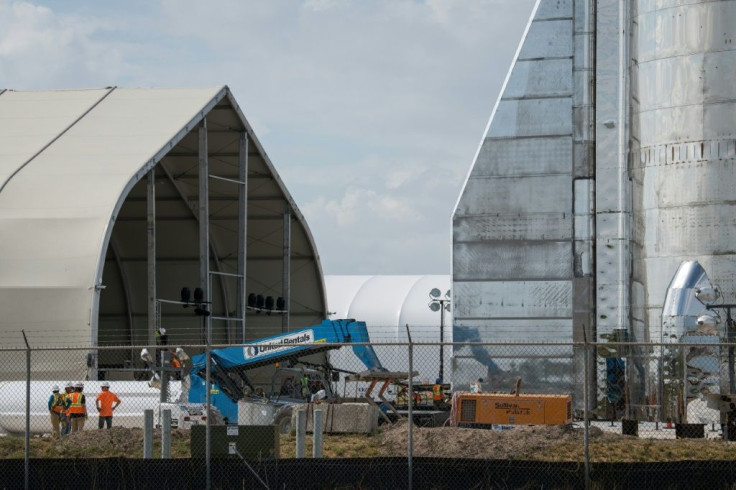SpaceX's Mars Rocket Launches Successful Test Flight, Moves Closer To Sending People To Red Planet

SpaceX’s Starship rocket had a successful short flight Tuesday, rising about 500 feet above the ground before landing at the company’s facility in Boca Chica, Texas. The test marks a step toward CEO Elon Musk’s eventual goal of sending people to the moon and Mars.
The vehicle, known as Serial Number 5, is about 100 feet high and uses a single Raptor engine that is powered by liquid methane and liquid oxygen. SpaceX hopes to make Starship fully reusable, allowing for less time in between flights.
“We are going to go to the moon, we are going to have a base on the moon, we are going to send people to mars and make life multi-planetary,” Musk said after SpaceX safely returned two NASA astronauts from the International Space Station Sunday. “This day heralds a new age of space exploration.”
Starship takes flight pic.twitter.com/IWvwcA05hl
— SpaceX (@SpaceX) August 5, 2020
Musk acknowledged that a trip to Mars is a long way away, but the goal of launching a mission consisting of as many as 100 people at a time appears to be closer than it had been before Tuesday’s launch.
The final Starship rocket will feature six Raptor engines and stand about 50 feet high.
In February 2018, SpaceX successfully launched its Falcon Heavy rocket, which was intended to boost the prospect of ferrying people to Mars.
© Copyright IBTimes 2025. All rights reserved.




















